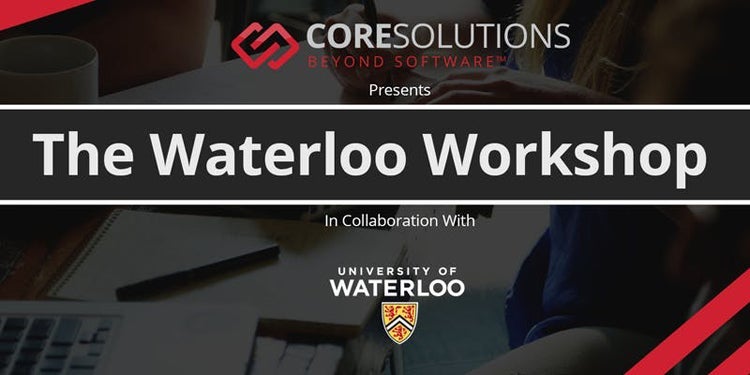Beyond Entrepreneurship
Waterloo empowers entrepreneurs to go beyond.
Entrepreneurs are natural problem solvers. Beyond creating companies that bring innovative and world-changing ideas to the global market place, entrepreneurs are increasingly acting as community builders, industry change agents, and global disruptors.
Find out why.
